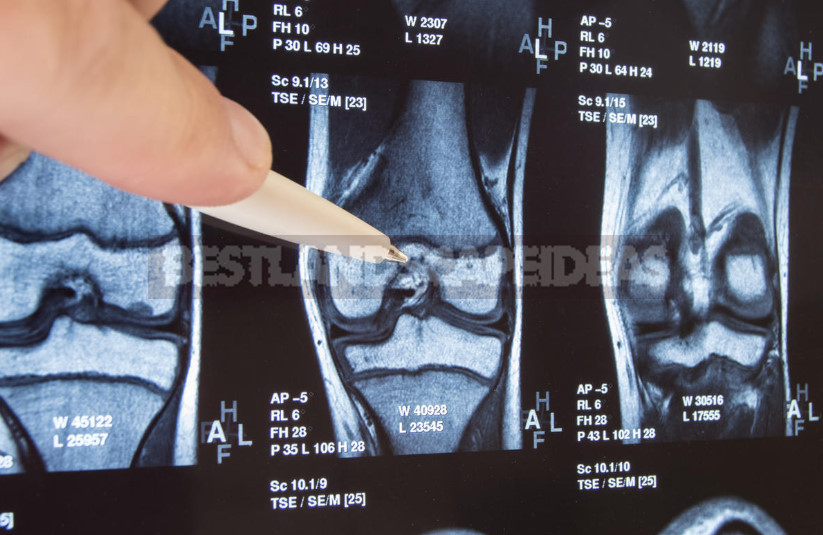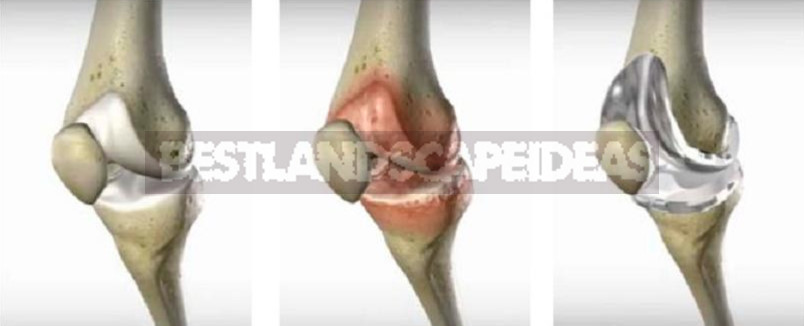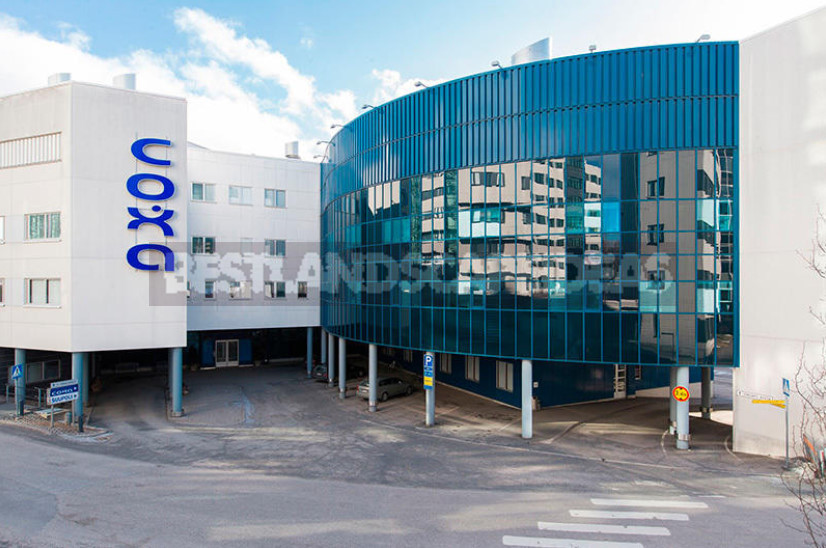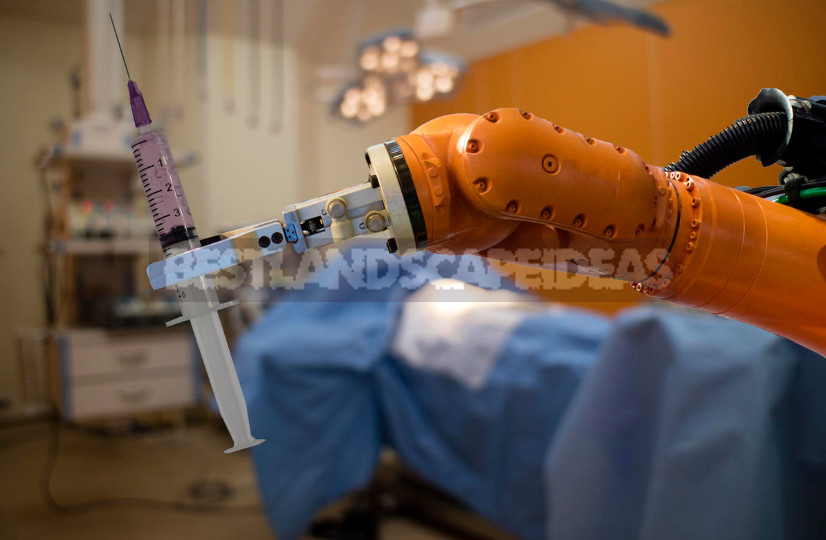
Work in the country is not only a pleasure for the soul, but also a load for the body. In General, useful if to comply with the measure. But when something in the body fails, the usual gardening tasks become complex, and even impossible. And sometimes without the intervention of a specialist can not do. One of these situations — diseases and injuries of the knee joints. They cause pain, hold down movement.
In the Arsenal of modern medicine, there are many ways to solve this problem, and the achievements of science make them more accessible, effective and reliable. Today we will talk about the current trends in knee replacement — because according to statistics, a significant part of it is knee surgery, the hip is in second place. Knee replacement today is a well-established type of surgery, which has become commonplace in countries with developed economies.
The operation returns patients suffering from arthrosis, the possibility of active independent life without pain. Most people who undergo knee replacement surgery belong to the age group of 50-80 years, and the average age of the operated — about 70 years.
The experience of the physician or computer navigation?
Among the latest breakthroughs in knee prosthetics is the possibility of providing a more accurate functional position of the components of the endoprosthesis, extending its service life (this is somewhat similar to the selection of new tires for a car with precise adjustment and balancing). For these purposes, computer navigation systems have been actively used in operations.

However, their advantage over the eye of an experienced orthopedist has not yet been proven. There is a huge difference between an orthopedist who performs more than 150-200 such operations per year, and those who do only 35. Life shows that the qualification, proven skills and experience of the surgeon are the most important factors for the correct installation of the endoprosthesis. However, the number of operations carried out using computer technology is gradually increasing, and they are becoming more successful.
Freedom of movement
Also, new models of endoprostheses are becoming popular, allowing the artificial knee to demonstrate almost normal mobility. They provide almost complete bending of the knee, which allows, for example, to squat. These implants have already shown their practicality and functionality.

Today, the main emphasis in the treatment is also on the accelerated recovery of the patient and the reduction of postoperative pain to a minimum. For these purposes, mini-invasive surgical approaches and strong anesthesia are used.
Orthopedists are increasingly offering joint replacement to younger patients. This is due to the fact that the components of the prostheses become more durable and can serve longer than before — eliminates the need for early replacement of the knee implant. And thanks to the timely operation, the patient remains active and gets rid of a sedentary lifestyle imposed by the disease.

This is very important: when a patient suffering from knee pain leads a passive lifestyle, he quickly gains weight, and it can be difficult to return to normal even after surgery. If you perform prosthetics earlier, you can avoid such problems and maintain a satisfactory quality of life.
Outpatient surgery — “one day surgery”
According to experts, by 2027, half of the primary knee replacement surgery in patients with osteoarthritis will be performed on an outpatient basis. Time will tell… But today the postoperative period of the patient’s stay in the hospital is constantly decreasing. For example, in the United States the average length of stay in the hospital with a partial prosthesis of the knee has decreased from 5 days in 2000 to less than 3 days in 2016, a Similar trend is observed in Finnish “Plow” — the largest specialized clinic in Scandinavia.

So in 2003, patients after total knee replacement were in the clinic “Soha” for 5 days, in 2008 – 3 days in the hospital followed by 3-5-day period in the rehabilitation center, and in 2016, the majority of patients were discharged directly home for 3 days after surgery. Now it happens that the patient can return home from the clinic, spending it only one night after surgery. But it should be noted that for some hospitals that receive income from the payment of patients while in hospital, this favorable trend may not be so positive.
Robotics at the start
In the United States, the focus was on medical firms Smith & Nephew and Stryker with their new systems for joint replacement. Interest is associated with the use of robotic technologies, which are already mastered by other companies. However, the market reaction to these innovations is very mixed. Most surgeons do not seek to use them, arguing that the high cost and lack of clinical results, as well as pointing to the need to impose restrictions on the use of robots.

Time will show how quickly already standing at the start of the robots will be able to win the main position in the operations of arthroplasty. And can they?
The doctor and the patient
There is no doubt that we are now experiencing the most exciting times in joint prosthesis surgery. It is easy to fall under the influence of aggressive advertising statements about the speed, speed of postoperative recovery or exceptional performance of medical equipment.

However, trust in the knowledge and experience of your orthopedist remains the most important factor. Discuss with him the best treatment option for you and the most appropriate time of the operation, do not hesitate to ask him about the experience, the number of operations performed, their result. In fact today, as before, in spite of the latest technologies, the selection decision remains with the patient.




Leave a Reply